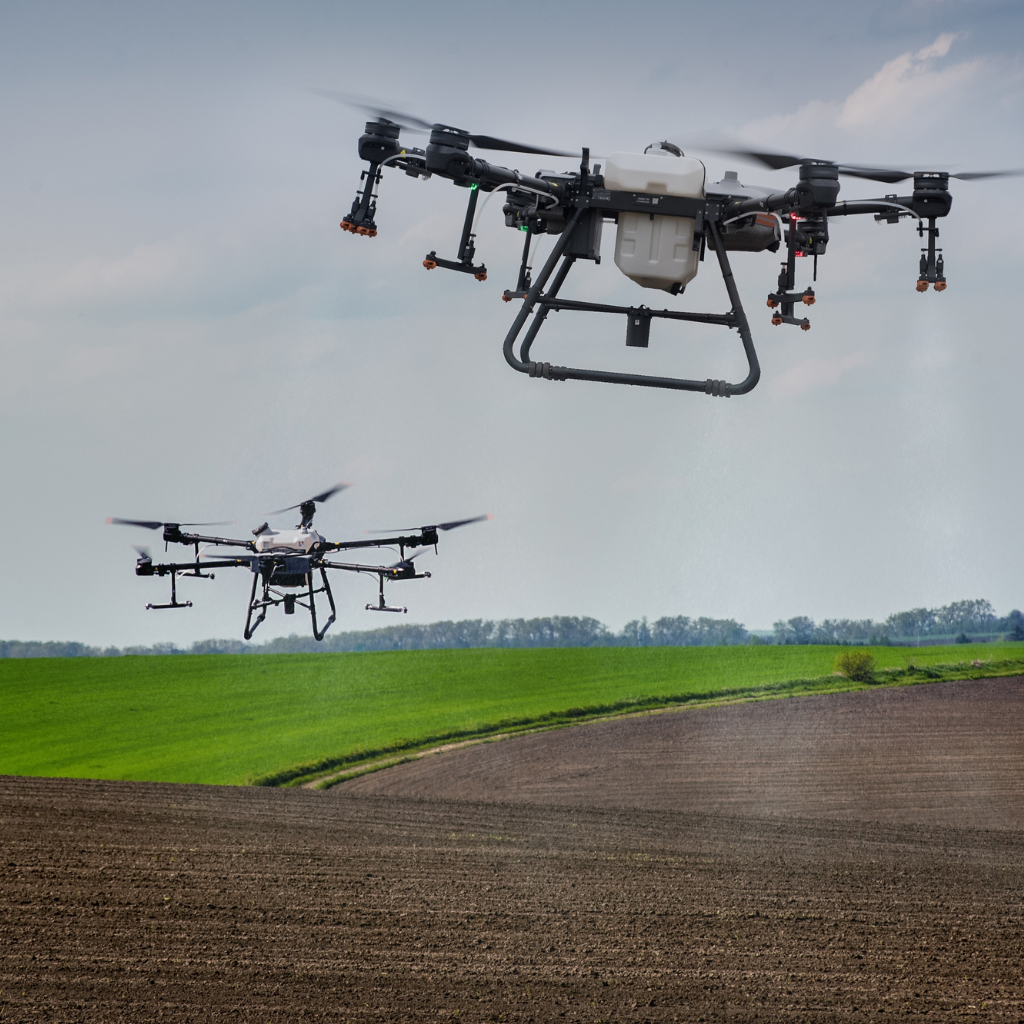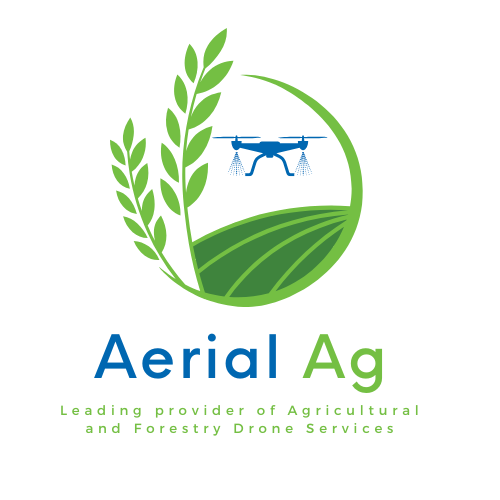
In recent years, the agricultural industry has experienced a significant transformation with
the introduction of cutting-edge technologies. One such innovation that has gained
immense attention is the use of agricultural drones. These unmanned aerial vehicles (UAVs)
equipped with advanced sensors and imaging capabilities are reshaping traditional farming
practices and contributing to increased efficiency, sustainability, and productivity.
Precision Farming Unleashed:
Agricultural drones play a crucial role in precision farming, allowing farmers to monitor and
manage their fields with unprecedented precision. Equipped with high-resolution cameras,
multispectral sensors, and GPS technology, these drones provide detailed and real-time
data about crop health, soil conditions, and overall field performance. This enables farmers
to make informed decisions, optimie resource utilisation, and address issues such as pest
infestations or nutrient deficiencies promptly.
Crop Monitoring and Management:
One of the primary applications of agricultural drones is crop monitoring. Drones fly over
fields, capturing images and data that can be used to assess crop health. By analysing this
information, farmers can identify areas of concern, detect diseases or pests early on, and
implement targeted interventions. This not only reduces the need for widespread pesticide
use but also minimises crop loss, ultimately leading to higher yields.
Precision Spraying and Seeding:
Agricultural drones equipped with precision spraying systems are transforming the way
pesticides and fertilisers are applied. Traditional methods often lead to overuse or uneven
distribution, resulting in environmental concerns and increased costs. Drones, however,
offer precise control over spraying, ensuring that chemicals are applied only where needed.
This not only reduces environmental impact but also minimises input costs for farmers.
Similarly, drones are being used for precision seeding, enabling the accurate placement of
seeds across the field. This targeted approach optimises seed distribution, leading to
improved crop uniformity and higher overall yield.
Water Management:
Efficient water management is crucial in agriculture, especially in regions facing water
scarcity. Agricultural drones equipped with thermal imaging sensors can detect variations in
soil moisture levels, allowing farmers to implement precise irrigation strategies. By
optimising water usage, farmers can conserve resources, reduce costs, and contribute to
sustainable farming practices.
Challenges and Future Prospects:
While the adoption of agricultural drones has been promising, challenges such as regulatory
hurdles, high initial costs, and the need for skilled operators remain. However, ongoing
advancements in technology, coupled with increased awareness and support from
agricultural communities, are likely to overcome these obstacles.
Looking ahead, the future of agricultural drones seems promising. Integration with artificial
intelligence and machine learning will further enhance their capabilities, enabling predictive
analytics and autonomous decision-making. As drones become more affordable and
accessible, their widespread adoption is expected to bring about a paradigm shift in global
agriculture.
In conclusion, agricultural drones are not merely futuristic gadgets but powerful tools that
are actively reshaping the agricultural landscape. From precision farming to sustainable
resource management, their impact is far-reaching. As technology continues to evolve, the
synergy between agriculture and drones holds the promise of a more efficient, sustainable,
and productive future for the world’s farmers.


